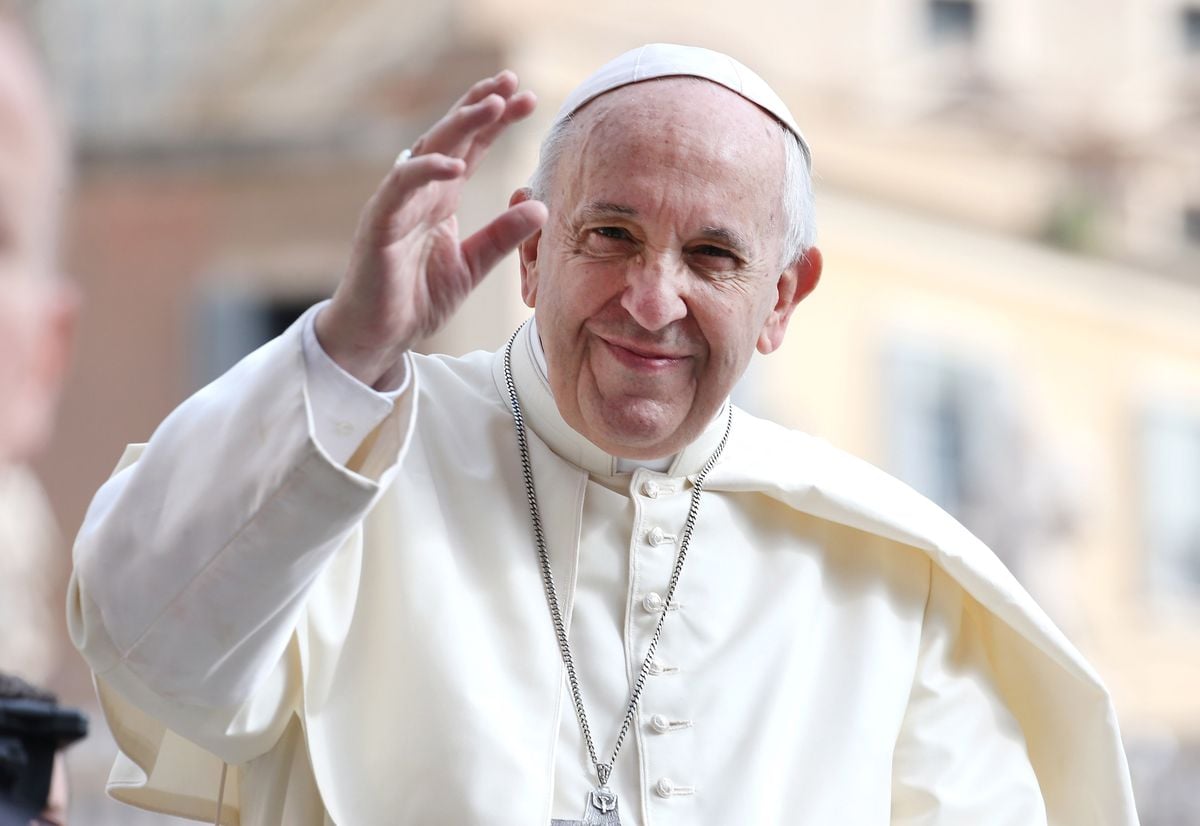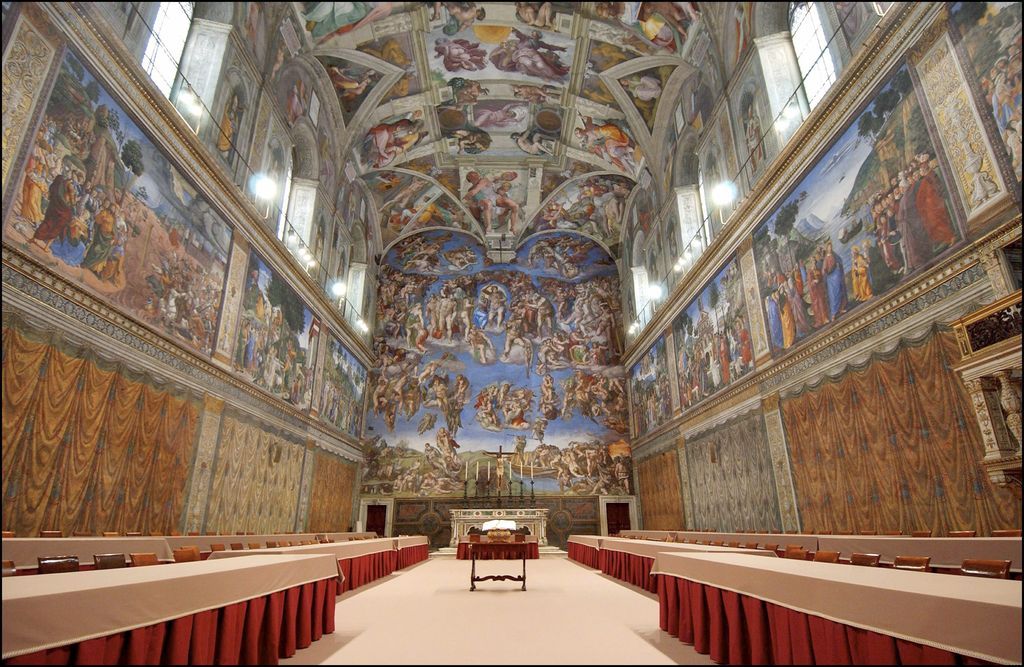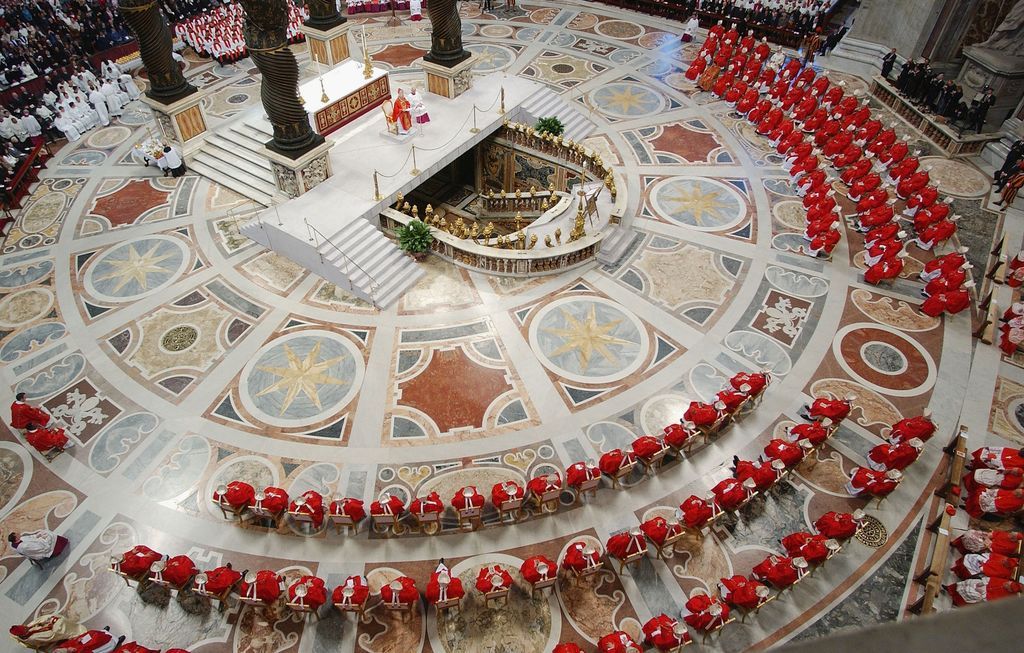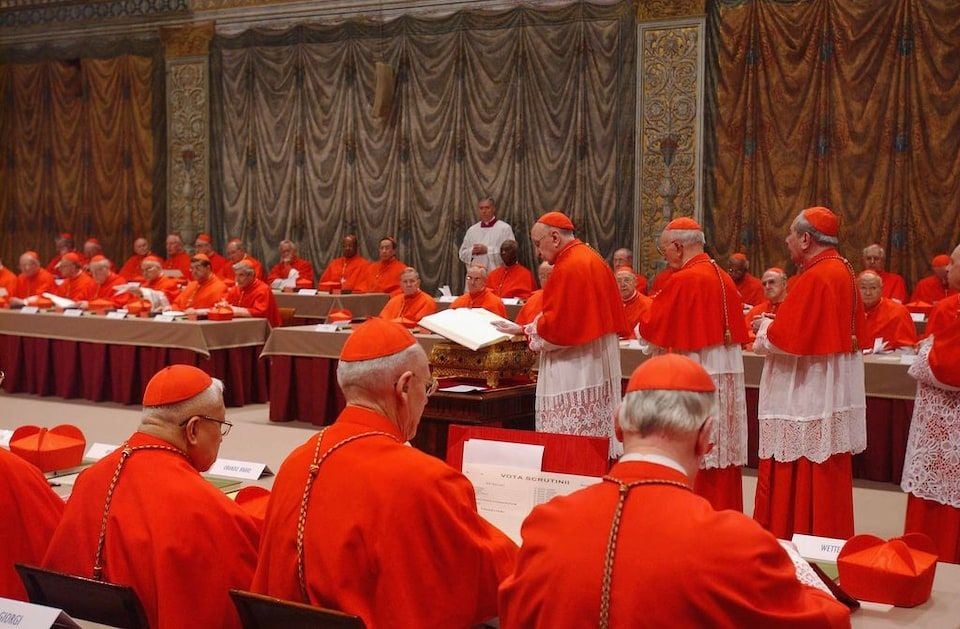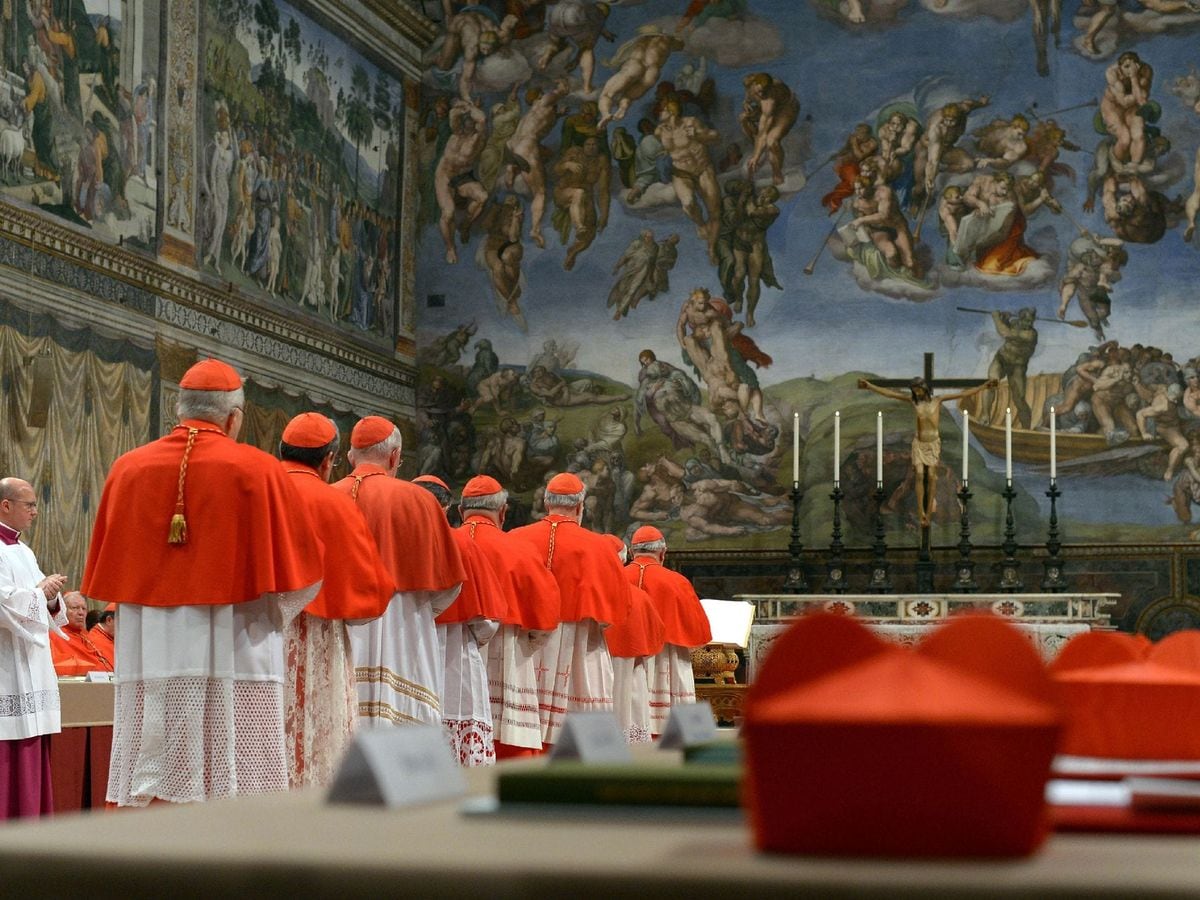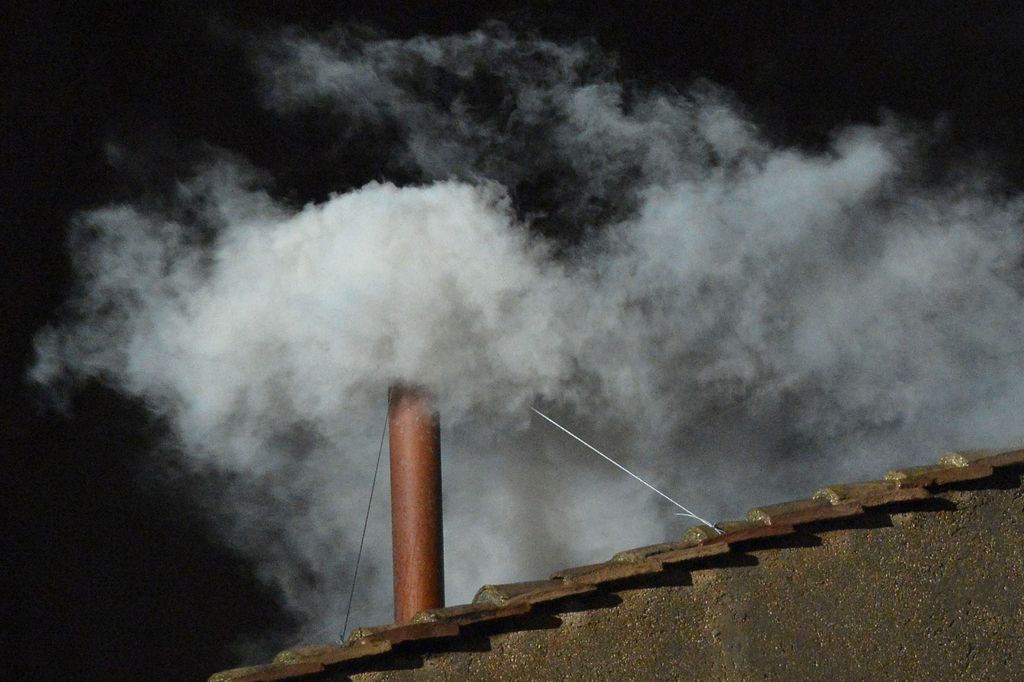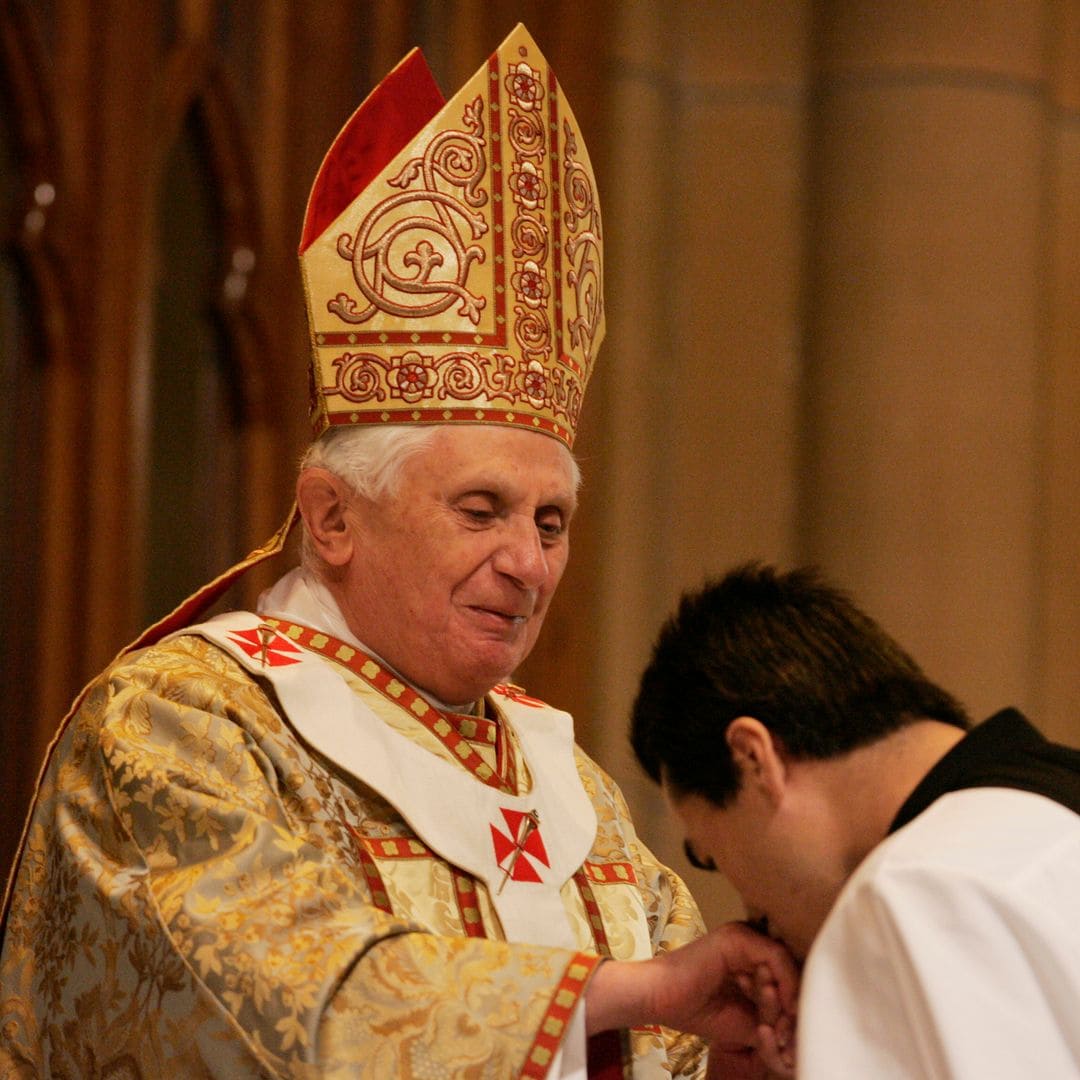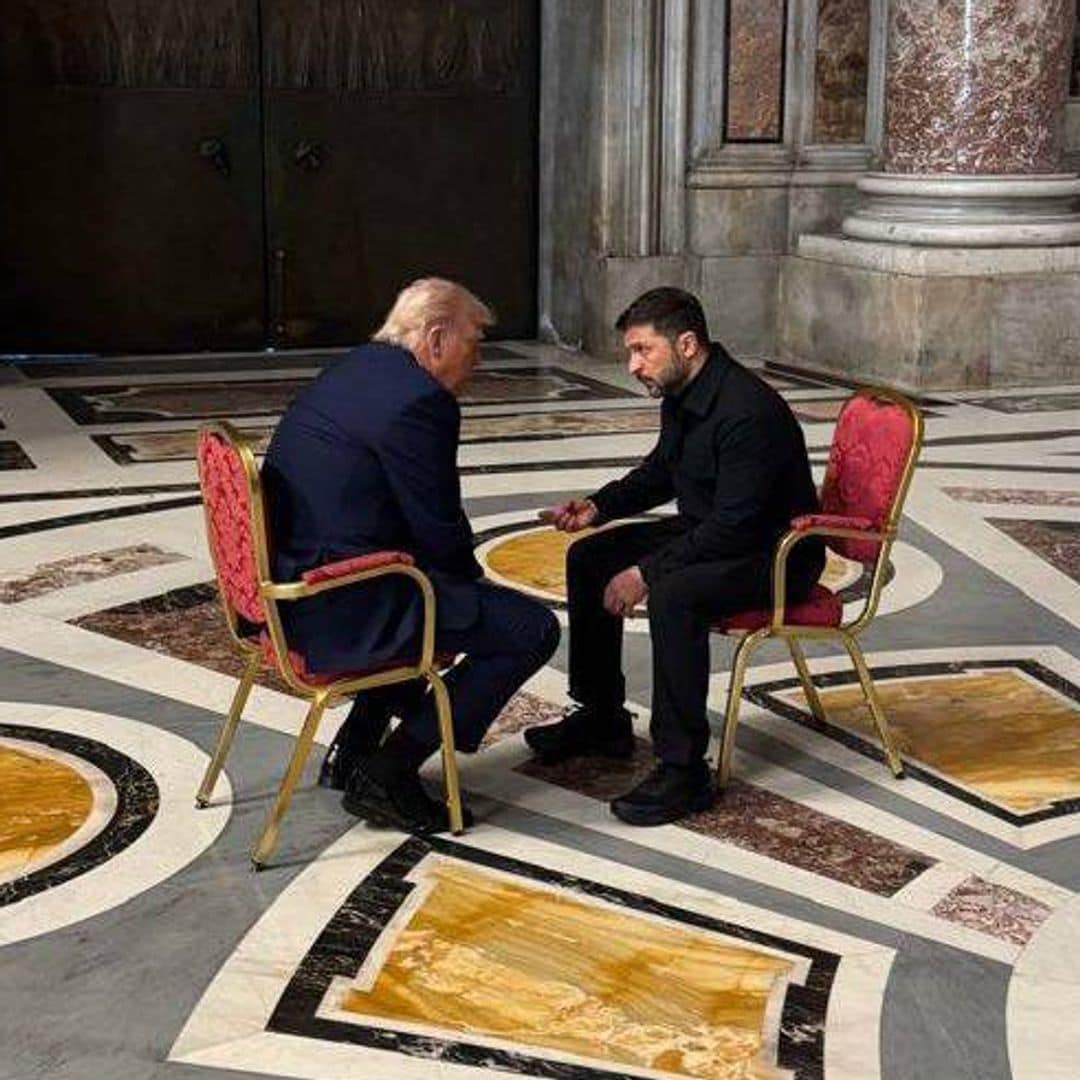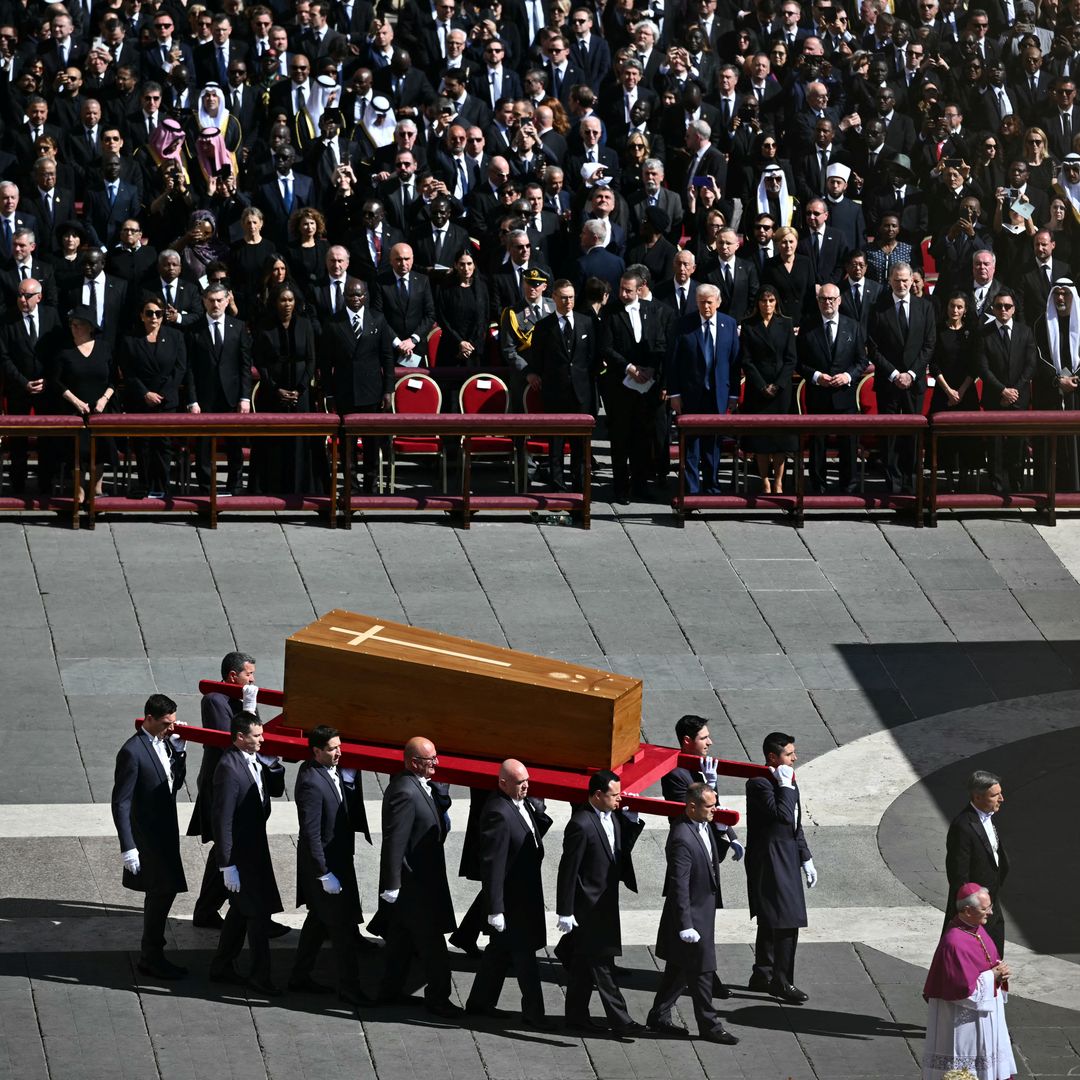Exactly one week ago, millions of faithful around the world received heartbreaking news: the death of Pope Francis. Now, after the official funeral and tributes from prominent figures who bid farewell to the Supreme Pontiff, the date and location for the conclave to elect the new Pope have finally been announced.
On April 28, over 180 Cardinals gathered in the New Synod Hall at the Vatican during the Fifth General Congregation and decided that the conclave will begin next Wednesday, May 7. The meeting will take place in the famous Sistine Chapel, inside the Apostolic Palace of Vatican City, which will remain closed to the public during the process.
According to Vatican News, the Cardinals discussed "the challenges ahead and the qualities the new Pope will need to meet them." They also explained that the date was chosen based on the rules of John Paul II’s apostolic constitution, Universi Dominici Gregis, which states the conclave must begin between the fifteenth and twentieth day after the Pope’s death, following the Novendiali — nine days of mourning ceremonies for the late Pontiff.
It was also noted that over the coming days, Cardinals from across the world will arrive at the Holy See. They’ll be staying at Casa Santa Marta, the residence Pope Francis had chosen as his home during his papacy.
On May 7, the Cardinals will first participate in a solemn Mass at St. Peter’s Basilica. Afterward, those with voting rights will enter into seclusion to begin the secret election process — a process that could take several days before a new leader of the Catholic Church is chosen.
How the new Pope will be chosen
The Sistine Chapel will be specially prepared for the counting of votes, including setting up a stove where the ballots will be burned. A qualified two-thirds majority is required to elect the new Pope.
Only Cardinals under the age of 80 are allowed to vote in the papal election. Currently, there are 135 Cardinals eligible to take part in the conclave, although at least one Cardinal has already announced he will not be attending.
It’s also worth noting that many of the Cardinals who will cast their votes were appointed by Pope Francis during his time leading the Church.
There will be four rounds of voting each day — two in the morning and two in the afternoon. If, by the 33rd or 34th vote, no Pope has been elected, a direct, mandatory runoff will be held between the two Cardinals who received the highest number of votes in the final round. Even in this final vote, a two-thirds majority is still required.
The two Cardinals competing in the runoff are not allowed to vote. If one of the candidates reaches the two-thirds threshold, the election of the new Pontiff is officially valid.
What happens after the new Pope is elected
Once a new Pope has been elected, the Master of Liturgical Celebrations and the Secretary of the College of Cardinals will be called in to ask the chosen Cardinal: "Acceptasne electionem de te canonice factam in Summum Pontificem?" (Do you accept your canonical election as Supreme Pontiff?)
Once a new Pope has been elected, the Master of Liturgical Celebrations and the Secretary of the College of Cardinals will be called in to ask the chosen Cardinal, "Acceptasne electionem de te canonice factam in Summum Pontificem?" (Do you accept your canonical election as Supreme Pontiff?)
After receiving an affirmative answer, they will then ask, "Quo nomine vis vocari?" (By what name do you wish to be called?) The newly elected Pope will then announce the papal name he has chosen.
After the new Pope accepts, the ballots are burned, producing the white smoke visible from St. Peter’s Square. At the end of the Conclave, the new Pontiff retreats to the “Room of” Tears”—the sacristy of the Sistine Chapel — where he will wear the papal vestments for the first time before stepping out to greet the crowd gathered in St. Peter’s Square.
After a prayer for the new Pope, the Te Deum is sung, marking the official end of the Conclave. Then comes the long-awaited announcement: Habemus Papam — and the new Pope makes his first public appearance.
,type=downsize)

